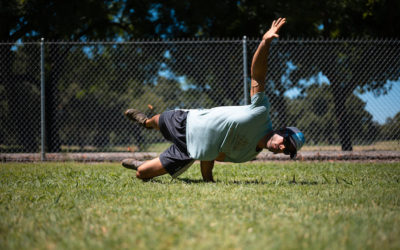Every coach has their own method for writing workouts and prescribing intensities. The better you understand what your coach is telling you, the more likely you’ll be able to get the results the two of you are aiming for. While there are some accepted strength and conditioning protocols for workout delivery, some of these are pretty arbitrary and needlessly confusing in my opinion. How I write workouts are more or less the same as anyone else, but there are a few differences and it will be helpful to familiarize yourself with them. If you aren’t familiar with reading workouts at all, this will serve as a solid introduction to my style of presentation as well.
If you’re one of my athletes you’ll want to read through this article thoroughly. This will cover the basics of how to read a prescribed set of strength training exercises.
For continuity sake, we’ll use one simple exercise prescription as our starting point:
A1: Bench Press @21X1 – 4-6 x 5; rest 2
A2: Deadlift @32×1 – 4-6 x 5; rest 2
EXERCISE ORDER
A1: Signifies when the exercise takes place. You will always work through a workout in alphabetical order.
A2: The second exercise. Two of the same letter means that you will alternate these two exercises back and forth for the specified number of sets. If the second exercise was a B: that would mean you would complete all of A: before moving on to B:.
EXERCISE(S)
In this case, a Bench Press is alternated with a Deadlift.
TEMPO
The first tempo (@21×1) is read at-two-one-X-one, the second (@32×1), at-three-two-X-one. Let’s focus on A1: (@21×1) for now. The 2 is the eccentric loading, or stretching of the muscles being used. It is almost always moving the load down, because gravity naturally causes us to have to resist this constant force. An exception can occur in pulley systems such as on a lat pull down machine. The second integer, 1, is the pause, or isometric contraction before you change directions. In this case it is a 1 second hold. The third integer, X, is the up, or lifting motion, also known as the concentric contraction. The final number, 1, is the other isometric contraction before you start over in the eccentric loading.
A1: Is 2 seconds down, 1 second pause, lift explosively, 1 second pause – repeat.
A2: Starts with X, because the deadlift begins with an up rather than down motion. So it is lift explosively, 1 second pause, lower 3 seconds, 1 second on ground – repeat.
REPS AND SETS
Reps will ALWAYS be written before sets. Not everyone writes their workouts this way, and some coaches change the order depending on the context, this creates unnecessary confusion and opportunity for misinterpretation in my opinion.
Both exercises are prescribed for 4-6 reps and 5 sets each.
REP RANGES
When there is a range like 4-6, build up to the most weight you can do for the specified tempo and the highest number of reps, 6 in this case. Over the course of your sets you will fatigue, as long as you can still achieve the lowest number of reps this is ok. If you can only do 2 or 3 reps, remove weight so you can still achieve at least 4.
REST
Depending on the goal of the training there will be more or less rest prescribed between sets. Be sure to follow the specifics of the rest when they are prescribed to ensure you receive the intended effect of the programming.
In this set up, the weights are intended to be heavy, so there is 2 minutes rest between both A1 and A2. Calculating for tempo and assuming 6 reps on each exercise, there should be 4:42 rest between sets of bench press and 4:30 rest between sets of deadlifts.







